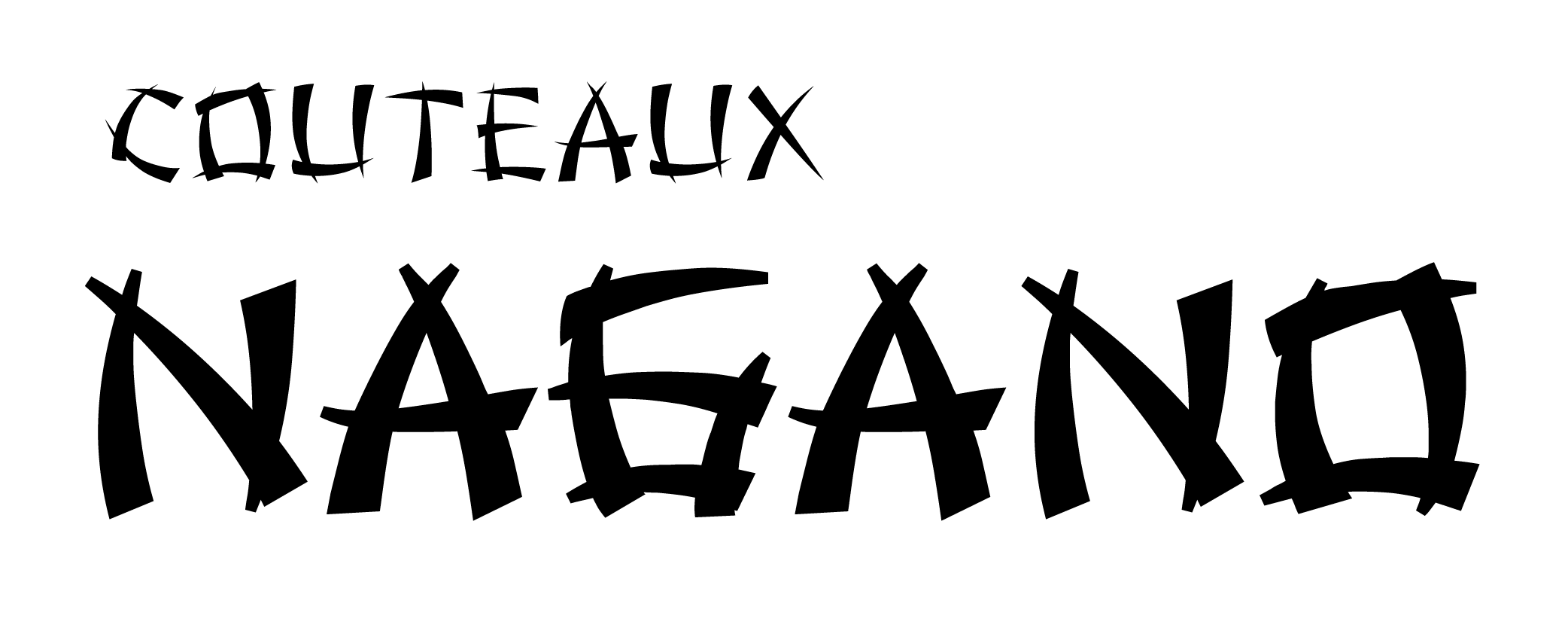This article is designed to help you point to the right knife for your needs, without having to know everything in detail. Sometimes, when you don't know that, you can get a little lost in all the terms and kinds of knives.
Got a good old knife block at home, and you're finally thinking about getting a knife that won't make you say bad words anymore? We are here to enlighten you. To be fair, in general you don't need 9 knives in a block. Usually you only use one or two knives. Be warned, having a Japanese knife often brings a few extra ones down the road.
If you are as passionate as we are and would like to know more, please refer to the other articles available in the "Learning Center".
1. TO BEGIN
For starters, it is essential to know the type of knife you want before starting your research. To have all the styles in detail, here is our blog post on "different types". For each type of knife, there are different sizes in" mm ". Each size has its own use and each person has a preference.
Now, are you looking for an "all purpose" type knife? Here are the best knives for all purposes:
- Bunka (Japanese all purpose, with the pointed end)
- Gyuto (Chef's knife - Western)
- Santoku (All typical use of Japan)
- A bit rounder than the Gyuto, so for meat buffs, the Gyuto would be a better choice.
- Kiritsuke (Sharp Chef's Knife - Western)
- Nakiri (Vegetable knife, a little less all-purpose)
Are you looking for a smaller knife for smaller tasks or because you are less keen on larger knives?
- Petty (Chef's small knife)
Are you looking for a knife for slicing meat and fish?
Want a specialty knife?
- Kawahagi (Skinner)
- Honesuki (Boning)
- Bread knife
If you are thinking of giving a knife as a gift, the 150mm Petty, Santoku, Gyuto and Bunka would be our recommendations. Obviously, each gift could be different depending on the needs of the person who is going to receive the gift.
2. THEN
Now you have to choose the materials
Are you someone who takes care of their things, who wants a knife handmade with love and are willing to give them that much throughout your life? We recommend our traditional Japanese collections made of High Carbon Steel such as:
- Tanaka Ao (Aogami Steel)
- Tanaka Shiro (Shirogami Steel)
The high carbon steel knives are handcrafted beauty and incredible cut quality, but should be wiped clean with every use. A small grayish layer called "patina" will form naturally. Special attention is required for High Carbon Steel.
If, on the other hand, tarnish, maintenance or the fact of wiping your knife immediately after use bothers you, we therefore recommend knives made of Stainless Steel or knives with a high carbon steel core fitted with a 'a layer of stainless steel (Stainless Clad).
In this category we have:
- Hana Series (Aogami Super - Stainless Clad)
- Miki Kenma (Aogami Super - Stainless Clad)
- Miki Tsuchime (Shirogami - Stainless Clad)
- Kurosaki Fujin (Stainless Steel - VG 10)
All of the knives we sell are all really, really sharp. So even if you don't go for the high carbon steel typical of Japanese traditions, you won't be disappointed with your new acquisition.
If you just want to invest in a good first knife, without breaking the bank too much, we recommend our collection specially designed in Japan for us, in the factory, named Hana Series. The Hana Series compares to all the knives you can find in popular stores and the Amazon of this world, but made in Japan, so definitely better quality.
For more in-depth information, please read our article on main Japanese metals.
3. THE DECISION
Now that we've directed you to more informed choices, all you have to do is shop and fall in love with one particular knife. After all, her look must please you above all.
Whatever your choice, the Japanese knives you will need some tips for use.
If you have any questions while shopping, do not hesitate to contact us via the "live chat" using the logo at the bottom right of your screen.
4. THE PRICE
Why are Japanese knives more expensive? For the simple reason that they are made of very high quality metals and that they are still handmade with the same ancestral techniques for hundreds of years. A blacksmith will not make more than 2-3 knives per day. Subsequently, the price difference will follow the quality of the materials, the reputation of the blacksmith, the rarity of the product, the type of handle chosen and the size of the knife. Cheaper knives are probably factory made, with less precision and love than handmade ones.

